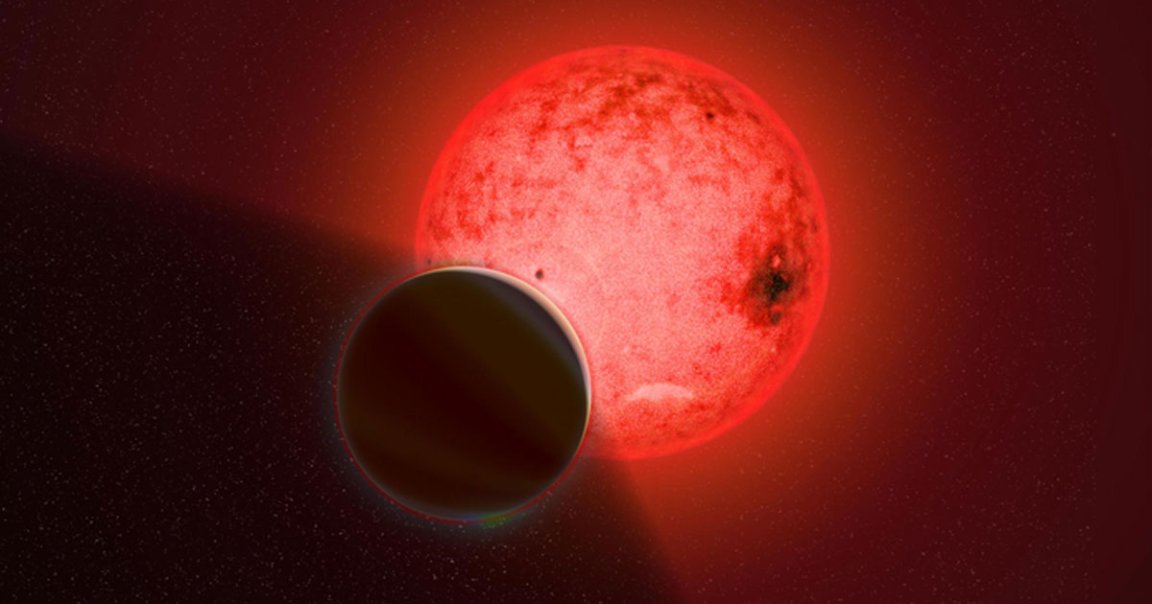
Gigantic Gas Giant
Astronomers at the Carnegie Institution for Science have discovered a highly unusual “forbidden” gas giant exoplanet — a cosmic monster so comically gigantic, at a quarter the size of its host star, that it defies our current classification system.
The baffling discovery could even challenge what we know about how planets are formed.
“Based on our nominal current understanding of planet formation, TOI-5205b should not exist; it is a ‘forbidden’ planet,” said Shubham Kanodia, team lead, and Carnegie astronomer, in a statement.
Size XXL
As detailed in a new paper published in The Astronomical Journal, the planet in question orbits a tiny red dwarf star called TOI-5205, one of the most common types of stars in our galaxy.
While these hot and long-lasting stars are known to host planets, they’re typically unlikely to host gas giants of any considerable size.
But the researchers’ discovery, the star’s gas giant dubbed TOI 5205b, is simply far bigger than it ought to be, at roughly a quarter the size of its host star.
The researchers were taken aback by the planet, first identified by NASA’s Transiting Exoplanet Survey Satellite (TESS).
“The host star, TOI-5205, is just about four times the size of Jupiter, yet it has somehow managed to form a Jupiter-sized planet, which is quite surprising!” said Kanodia in a statement.

Blocking Light
It’s not the first gas giant to have been discovered orbiting a red dwarf star of this size. But TOI-5025b is simply far bigger than anything found previously, defying our existing models.
In fact, it blocks a whopping seven percent of its star when passing in front of it, which also happens to make it the perfect candidate to be observed by NASA’s James Webb Space Telescope.
“TOI-5205b’s existence stretches what we know about the disks in which these planets are born,” Kanodia said. “In the beginning, if there isn’t enough rocky material in the disk to form the initial core, then one cannot form a gas giant planet.”
“And at the end, if the disk evaporates away before the massive core is formed, then one cannot form a gas giant planet,” he added.
READ MORE: “Forbidden” planet orbiting small star challenges gas giant formation theories [Carnegie]
More on planets: NASA Scientist Calls for Exploration of Uranus